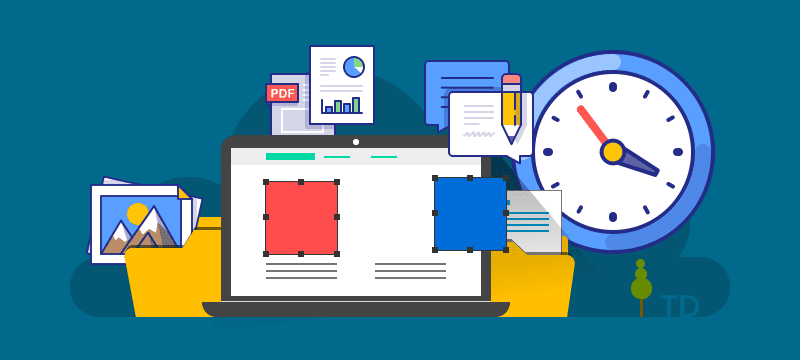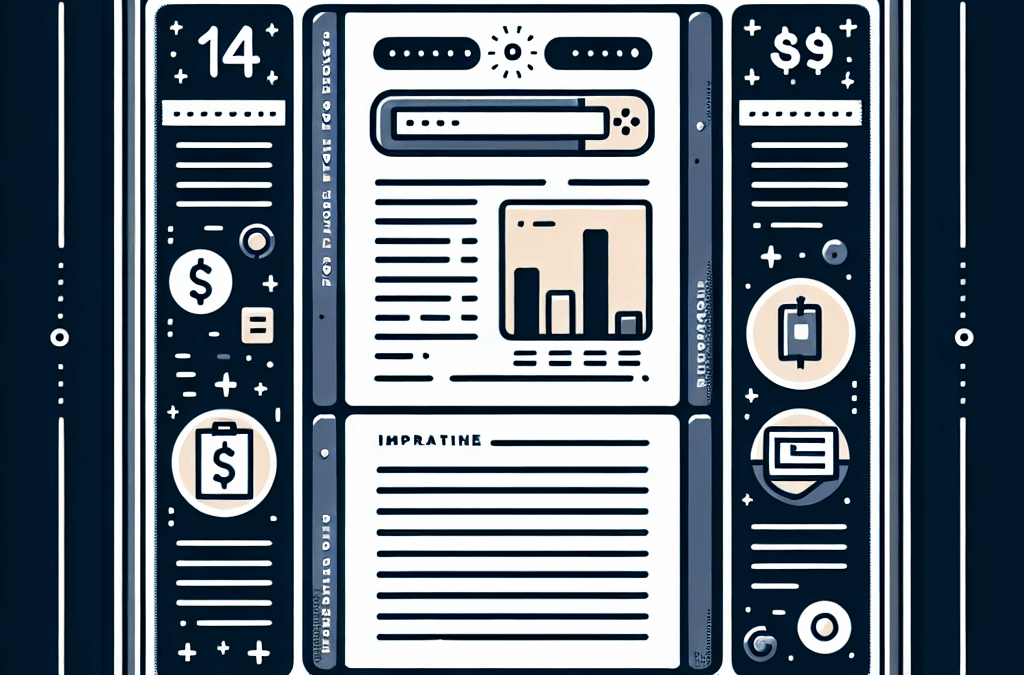Want to know what the number 1 question I get from most potential clients when doing a website redesign? If you’re reading this article, you probably have already guessed it. That’s right. How long does it take to build a website?
The answer I give to most people is the same… It depends on several things.
Depends on what?
In this article, I’ll go over the five factors that will determine how long it will take to build a website.
But, in case you’re impatient (like me) and want some actual numbers, here they are:
Time Table to Build a Website
| BASELINE | |
| 4-6weeks | |
| CONTENT | |
| Sitemap not ready | Add 1-2 weeks |
| Content not ready | Add 2-6 weeks |
| PAGES | |
| Over 20 pages | Add 1-2 weeks |
| Over 50 pages | Add 2-4 weeks |
| Over 100 pages | Add 4-8 weeks |
| UNIQUE PAGE DESIGNS | |
| Over 5 unique page designs | Add 1-2 weeks |
| Over 10 unique page designs | Add 2-6 weeks |
| FUNCTIONALITY | |
| Additional complex backend functionality | Add 4-8 weeks |
| Additonal front-end animation effects | Add 1-2 weeks |
| STAKEHOLDERS | |
| 3 stakeholders | Additional 20% |
| Each additional stakeholders over 3 | Additional 10% |
A simple 10-15 page website should take about 4-6 weeks. This time frame is assuming it is a custom design. If you have someone telling you they can make a website for you in a week; then it’s not a custom design.
How Long Does It Take to Build a Website?
For a 25-40 page website, it might take anywhere from 6 weeks to 6 months. It just depends. Depends on what? Well, now you have to read the whole article to find out.
So, without further ado, before you hire a website designer here are the five factors that determine how long does it take to build a website?:
Content
By far the biggest bottleneck to the timing of a website launch is how quickly the content can be provided. This is usually the biggest hurdle because the content is provided by the client. And they are often too caught up in the day-to-day dealings of their business to spend the needed time organizing and preparing the content. This is a problem we have strived to address in our website design process.
Pages
How quickly it will take to build a new website is largely determined by how big of a project it is. Larger websites take longer than smaller ones. In general, the more pages a website has, the larger the project is and the longer it takes. The reason for this is because each additional page requires additional QA (quality assurance), Mobile Design, graphics, SEO tagging, etc…
Unique Page Designs
Sometimes size doesn’t always matter. For example, a 15-page website build may take a long time to develop, if each one of those pages is different from the next. Not only is a total number of pages important, but so it the total number of unique page designs. A unique page design has a different looking layout and design than any other page on the site. If you look at most websites, you’ll see that the homepage has a unique design, but often the inner pages all look the same. Sites that have all different looking inner pages are more complex and typically more expensive (see our website pricing guide). But they also take more time to design and develop which impacts how quickly the website can be launched.
Website Build Functionality
The design isn’t the only factor when it comes to how quickly it takes to launch a new website. The functionality also plays a big role. What is functionality? Basically, anything that is dynamic on a website is the result of functionality. This can be things like filtering functions, such as project categories or portfolio items. Or it can be any movement you see on the screen which is done via HTML5 or javascript and requires quite a bit of additional coding.
Number of Stakeholders for Website Build
Here’s a subtle but significant factor that goes into how long it takes to build a website. How many stakeholders will the project have? When I say stakeholder, I just mean how many different people will have input into the design process. My experience has been the timing of a website project increases geometrically with each new stakeholder added. As Alec Issigonis said, “A camel is a horse designed by a committee.” Not only does the process take much longer but the final design aesthetic usually suffers too, when too many stakeholders are involved.
Conclusion
So now that you have a better sense of what factors go into building a website, you may be asking yourself what you can do to ensure your project moves as quickly as possible. After all, time is one of the hidden costs to pricing your website.
When it comes to building a new website quickly the most important thing to focus on first is your sitemap. The sitemap is the architecture of all the pages of the site and how they relate together. Getting crystal clear on the sitemap, defining the number of pages, which of them will be uniquely designed and how they will all relate to each other will go a long way in properly defining the scope of your website project and ensuring that it is delivered promptly.
Looking to get your website project completed in record time? Contact us to learn about our unique design process proven to deliver the best-looking design in the shortest amount of time and ready below to learn more about our Free Mockup Offer.
Questions and Answers










